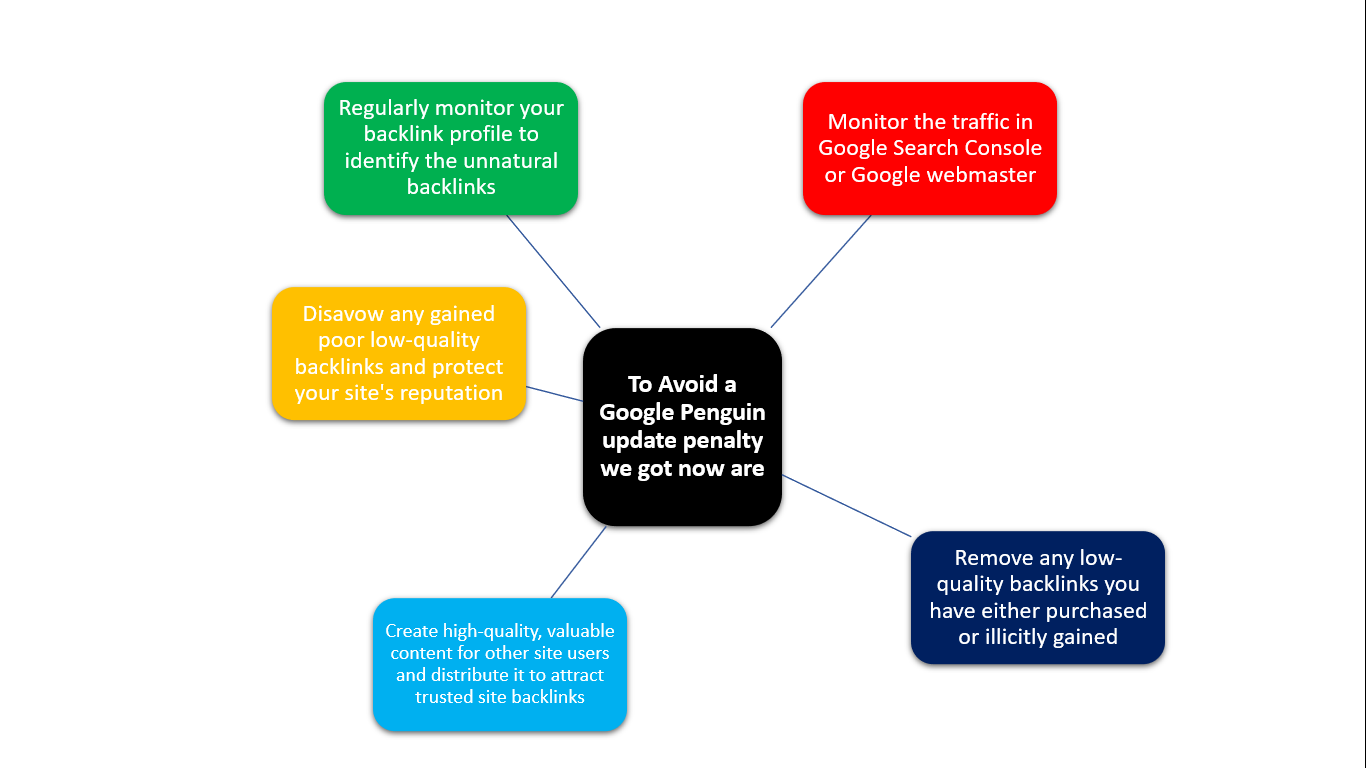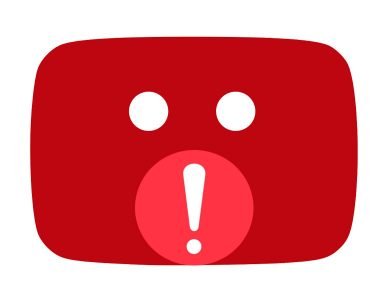Google constantly updates or adjusts its algorithm to give a better search experience to its users. Google updates the algorithm multiple times in a year with its small and significant algorithm changes every year.
Small changes don’t impact many SERPs results but to have a better users experience. Website owners can’t notice them, but sometimes, when Google has some significant algorithms changes, it affects their search ranking and traffic.
Here we will discuss the significant changes in google algorithms those impacts website traffic and their search ranking and that you must know to have better SEO on your website. Here we will discuss some essential updates mentioned above here one by one to understand better the Google Search Updates in the Past and Latest.
Here, we want to tell you we will update this list when we find any new Google algorithm updates in the future so keep it bookmark for a future update.
2012- The Penguin Update
In April 2012, the Penguin update was released by Google, and This update was designed to reduce inferior search results or web spam and encourage high-quality results for users in SERPs. The Penguin update was released for quality backlinks. It was a nightmare for the sites with spam backlinks or low-quality backlinks. The sites with quality and organic backlinks were rewarded, and their ranks went higher in SERPs. This Google Penguin has released several updates, and after releasing each update, the algorithm scans websites for potential violations of the Penguin algorithm update.
Google released the last Google Penguin update on January 10, 2016. It runs on a real-time basis, where any website gets low-quality backlinks. It immediately catches the site and penalizes the site. Here is an opportunity for the site webmaster to recover the site almost immediately as well.
How to find the site is Hit by this update:
When the Penguin penalty hits a site, you can notice Google Webmaster Tools by monitoring the page traffic on specific keywords. You will see a sharp drop in traffic for particular keywords. Penguin is a page-specific update.

Now the question is, How can you avoid a Penguin penalty?
As discussed above, the penguin penalty significantly focuses on scanning poor-quality backlinks on websites. This algorithm works on the assumption that high-quality sites link to other quality sites and poor sites link to other poor sites, So when the sites that link to you Google trust them, it helps improve your site rankings.
Low-quality sites have low authority, have higher outbound links than inbound links, are majorly linked with spamming sites, offer higher-paid backlinks to low search sites, add content in illegitimate ways, and have low traffic low engagement, and are virtual traffic gainers.
Penguin mainly searches and penalizes sites that artificially boosted their rankings by buying links by having link farming or spam sites.
How can we avoid our site from the Penguin penalty?
The best way to avoid penguin penalty on your site is to have quality backlinks from higher domain authority sites, cultivate positive backlinks gradually, or you should have a plan to get backlinks from reputed sites. Like you can write a piece of valuable content for Google trusted sites where they believe it adds value for their users.
You need to have a regular checkup or your backlink profile to identify the low-quality backlink sites and remove them using Google’s disavow tools. Before using this first, you should ask low-quality sites to remove the link for your site. If they don’t, then you can quickly disavow them by using this tool.
So the Five ways below to avoid a Google Penguin update penalty we got now are…

- Regularly monitor your backlink profile to identify the unnatural backlinks
- Monitor the traffic in Google Search Console or Google webmaster
- Disavow any gained poor low-quality backlinks and protect your site’s reputation
- Remove any low-quality backlinks you have either purchased or illicitly gained
- Create high-quality, valuable content for other site users and distribute it to attract trusted site backlinks
Penguin update is on a real-time basis, so taking necessary steps on time has become very important because it is on a real-time basis, so recovery is also in a quick way.
2011 The Panda Update
It was a critical update and was launched in 2011. Google Panda update was added to Google’s core ranking algorithm at the start of the year 2016.
Google Panda update was designed to punish thin content sites or poor content pages. Such a website was on top in search ranking and was not having any value for the search users. Many websites were using only keywords, and there was no value for the search users on the pages of the sites. Google decided to stop poor content site pages from ranking higher for specific queries. From 2011 to 2015, google filtered periodically to get the best value for the search users. In the beginning, in January 2016, Google announced that Panda was now a core part of their algorithm.
So it is one of the deciding factors the site pages rank in the Google SERPs.
When Google Panda Penalties occur
Panda penalties occur when websites have
- Duplicate content
- Pages that have a poor content to ad ratio
- Pages with excessively general information which don’t have any value for search users
- Content offers little information like the short length of content
Google Panda updated many well-known sites like answers.com, independent.co.uk, and many more for their poor content and ad ratio and generic content. Some sites with highly focused and informative content benefited and had a high jump in their ranking and traffic.















Add comment